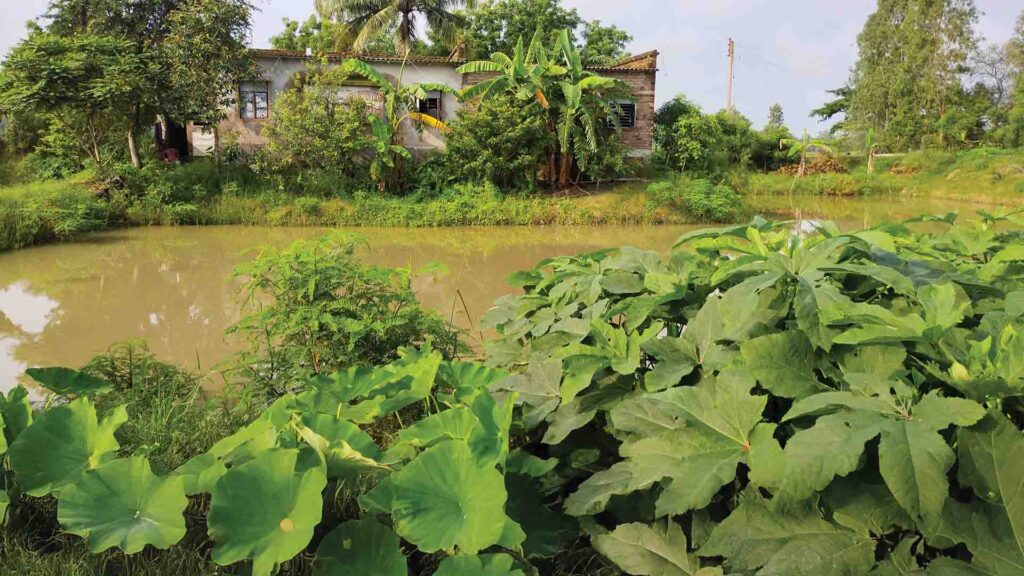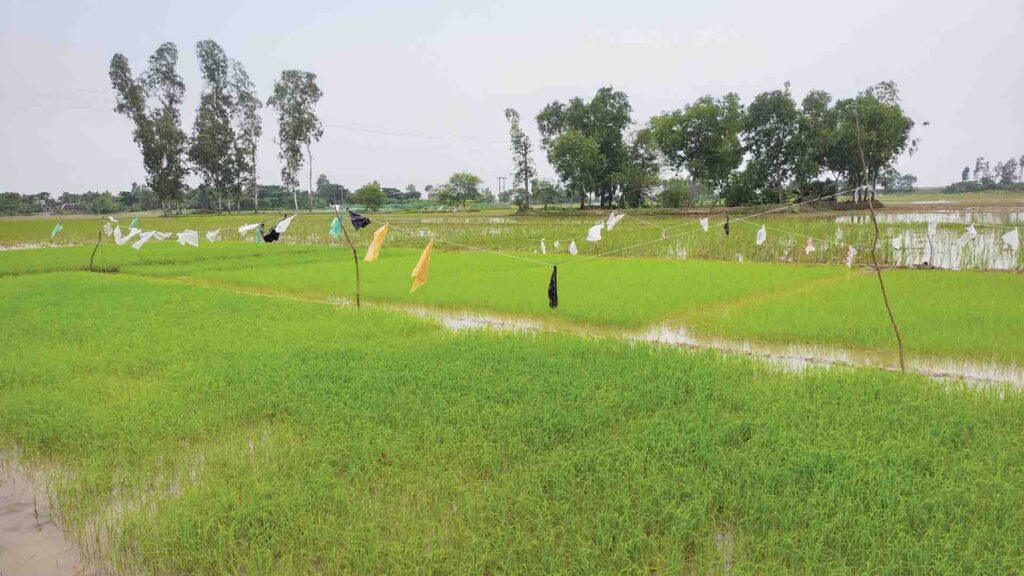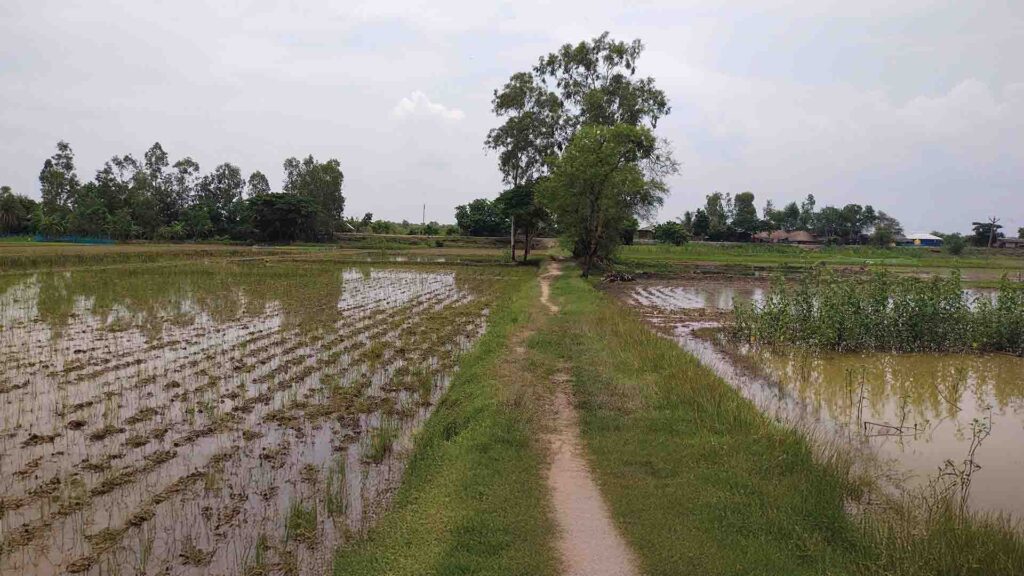
🌾 Introduction: My Life Rooted in the Soil
Living in Bijoynagar, Gosaba – right at the edge of the stunning Sundarban – my everyday life is deeply connected to the rhythm of nature. Farming isn’t just a way of life here; it’s our identity. From rice paddies to banana trees, fish ponds to leafy taro fields, every patch of land around my home tells a story of love, labor, and sustainability.
🌱 My Organic Farming & Home Garden Setup
My home garden is not just a place for growing food—it’s a self-sufficient mini-ecosystem. Here’s what you’ll find:
- Rice fields that reflect the sky during monsoon and turn golden during harvest.
- Fish ponds nourished by rainwater, where local fish like Rohu and Catla thrive.
- Taro (Kochu) fields with thick, green leaves swaying with the wind.
- Banana, papaya, guava, and mango trees surrounding the house.
- Seasonal vegetables like okra, eggplant, and gourds planted alongside the pond banks.
These diverse elements not only support our family’s food supply but also build a natural cycle of compost, water use, and pest control.

🌿 Sustainable Farming Tips from My Experience
Here are some tried-and-tested farming tips from my village life in Sundarban:
1. Use Cow Dung and Kitchen Waste as Natural Fertilizer
Avoid chemical inputs. Instead, mix cow dung with dry leaves and leftover vegetable scraps to create powerful organic compost.
2. Rainwater Harvesting with Ponds
Our ponds are not just for fish. During monsoon, they store water that we later use for irrigation during dry spells.
3. Intercropping with Seasonal Vegetables
Planting vegetables like okra or spinach between rows of taro or along rice bunds helps maximize land use and improve soil health.
4. Repel Birds Naturally
As shown in one of my fields, we use colorful flags made from old clothes tied to ropes across rice paddies. This keeps birds away without harming them.
5. Preserve Local Seeds
Instead of buying hybrid seeds, save seeds from healthy crops. Sundarban’s native seeds are more resilient to local climate and diseases.

🧑🌾 Why Farming in Sundarban is Special
Farming in the Sundarbans is unique due to its coastal climate, tidal rivers, and fertile yet sometimes saline soil. We farmers have adapted by:
- Using raised bunds around rice fields to prevent saltwater intrusion.
Planting flood-tolerant paddy varieties like ‘Nona Bokra’.
- Growing crops that require less water during peak dry seasons.
📸 A Walk Through My Home Garden – Photo Highlights
Here are some tried-and-tested farming tips from my village life in Sundarban:
- A scenic footpath through the rice fields – a daily walk filled with peace and purpose.
- A shaded pond surrounded by wild greens – ideal for both irrigation and fish farming.
- Bright green rice seedlings gently floating in flooded paddies.
- Taro plants standing tall beside banana trees near my home.
- My village home embraced by mango trees, guava, and other lush greenery.
🌻 Final Thoughts
Living and farming in Sundarban has taught me that real wealth lies in healthy soil, clean water, and community wisdom. My dream is to inspire more people to grow their own food, embrace sustainability, and reconnect with nature.
If you ever visit Bijoynagar, you’ll find me in the field—barefoot, smiling, and planting something green. 🌾
Table of Contents

Best Fails of The Week 😂 Funniest Fails Compilation 2025 | Viral Funny Videos & Memes
Everyone loves a good laugh, and nothing beats watching the Best Fails of the Week. From hilarious accidents to prank

Best Funny Fails Compilation 2025 😂 Try Not to Laugh Moments from Around the World
Introduction If you’re looking for a good laugh, you’ve come to the right place! Our latest Funny Fails Compilation 2025

Sundarban Crab Farming – From Our Pond to Market | Asgar Molla’s Success Story
Introduction – Life by the Water in the Sundarbans In the heart of the Sundarbans, where mangroves guard the coastline
